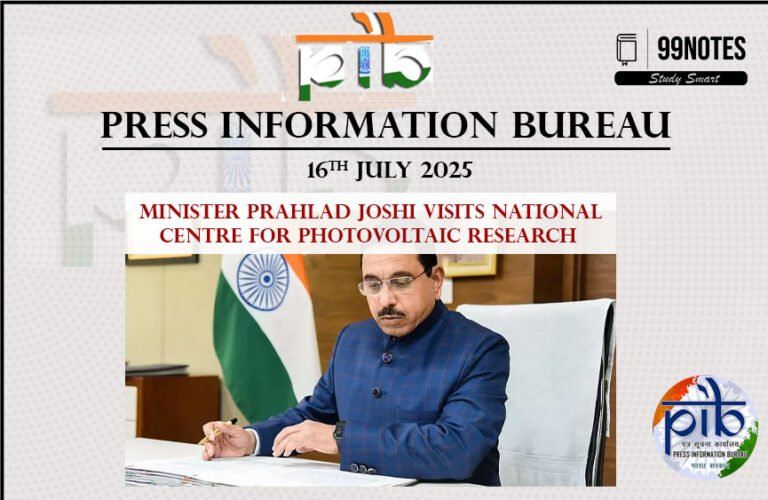17 May 2025: The Hindu Editorial Analysis
1. Closing Argument
Source – (Page 8, The Hindu Editorial, 15 May 2025)
| Topic: GS Paper 2 (Indian Constitution, Federalism, Role of Governor) |
| Context |
|
Background and SC Verdict:
-
The SC on April 8, 2025, held Tamil Nadu Governor R.N. Ravi’s delay in giving assent to 10 bills as “illegal” and emphasized that neither the Governor nor the President has arbitrary powers to indefinitely withhold assent.
-
The judgment was based on multiple past rulings, Constituent Assembly debates, and reports like the Sarkaria and Punchhi Commissions.
Centre’s Response:
-
Instead of accepting the clarity provided by the SC, the Centre chose to refer the issue again through Article 143 (Presidential Reference).
-
This unusual move raises concerns that the Centre seeks to retain extra-constitutional leverage through Governors.
Key Constitutional and Federal Issues:
-
Article 201 does not prescribe a timeline for Presidential action on State Bills.
-
The SC judgment adopted timelines already existing in MHA’s 2016 Office Memorandums.
-
The editorial argues the Reference undermines federal principles and the judiciary’s role.
Way Forward:
-
The Centre should respect the SC judgment and avoid politicizing the Governor’s role.
-
Any residual concerns should be addressed through inter-governmental dialogue with Chief Ministers.
-
A constitutional amendment could be considered to formally bind timelines for Governor/President assent.
| Practice Question: Discuss the constitutional and federal implications of the delay in giving assent to State Bills by Governors. Should a timeline be constitutionally mandated? GS2 – 15 Marks – 250 Words |
2. The New Normal after Pahalgam, India’s Response
Source – (Page 8, The Hindu Editorial, 15 May 2025)
| Topic: GS Paper 2 & 3 (India’s Internal Security, Terrorism, International Relations) |
| Context |
|
Background of Operation Sindoor:
-
Launched in response to the Pahalgam terror attack (April 22).
-
Targeted nine terrorist camps linked to LeT, JeM, and Hizbul Mujahideen across Pakistan.
-
India communicated the non-civilian nature of its targets to avoid escalation.
Shift in Strategic Doctrine:
-
Post-2016 surgical strikes and 2019 Balakot air strikes, Operation Sindoor marks a third step in kinetic response doctrine.
-
India’s stance now includes targeting not just terrorists but their masterminds and state sponsors.
Challenges in the Conflict:
-
Pakistan’s drone and missile retaliation tested India’s air defence.
-
US mediation intensified after Pakistan’s National Command Authority met, raising nuclear alertness fears.
India’s Strategic Messaging:
-
Asserted that “terror and talks cannot go together.”
-
Showcased India’s ability to strike without crossing borders using advanced munitions and missiles.
Way Forward:
-
-
Build conventional capabilities below nuclear threshold (e.g., precision targeting, unmanned systems).
-
Strengthen domestic intelligence to prevent events like Pahalgam.
-
Maintain diplomatic engagement while deterring state-sponsored terror through credible retaliation.
-
| Practice Question: Analyze the evolving contours of India’s counter-terror doctrine with reference to Operation Sindoor. How should India balance deterrence and escalation control in such operations? GS2 – 15 Marks – 250 Words |


